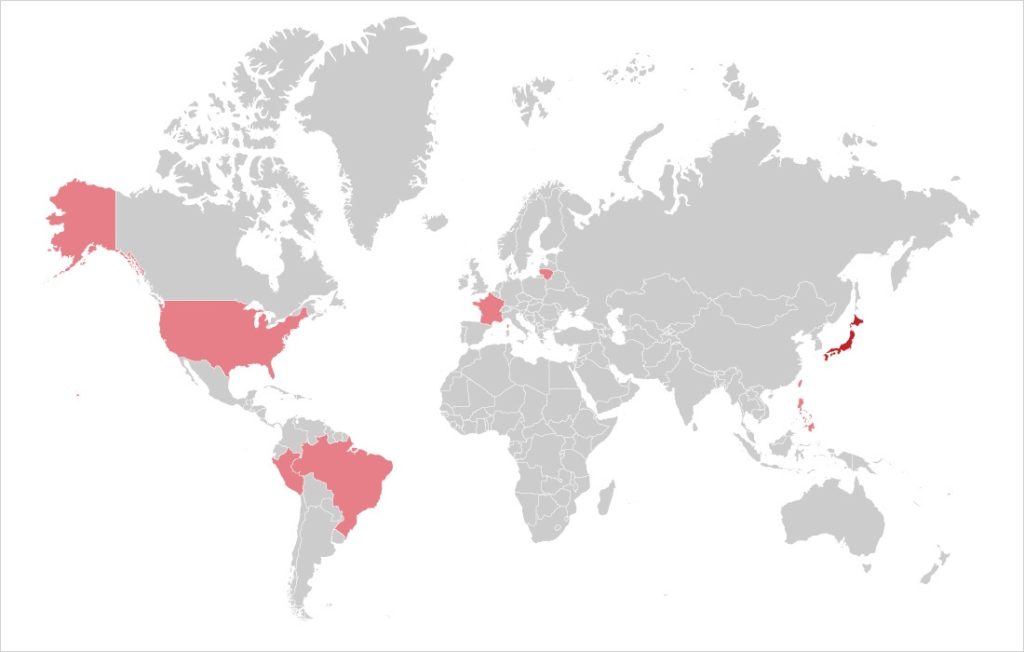Japanese
Japanese is not an easy language to translate into. The is within the language itself and the perfectionism embedded in the background of the Japanese mentality.
JAPANESE holds a very special position and poses a unique challenge
In the translation industry, it’s not only the most expensive of the major languages to translate, but it also receives the most complaints from the end clients or audience. This is not because Japanese translators are not good. Instead, the answer lies in the language itself and the perfectionism embedded in the background of the Japanese consumer’s mentality.
Each language has specific translation issues that need to be determined before any text can be translated. In Japanese translations, one of the first things clients need to understand is the target audience’s high stylistic considerations coupled with a rigorous protocol for addressing the audience.
It’s a well-known fact that personal meetings in a Japanese context follow a highly ritualized and status-conscious pattern. The same is true for written communication, which must be perfectly gauged to the target audience or risk not communicating the intended message (at best) or insulting the audience (at worst). Since this expectation of social appropriateness is coupled with a very high appreciation of flawless quality, the demands on the translator, editor, and proofreader are enormous.
1-StopAsia’s project managers will work with you to assess how your text should be written in Japanese and will then communicate that to the Japanese translators.
About the writing system
Many experts claim that the Japanese writing system is the most complicated in the world. One reason is that it actually consists of three different writing systems:
- the Kanji system, consisting of (sometimes slightly altered) Chinese characters;
- the Hiragana system, a syllabary used for native Japanese words;
- and the Katakana system a syllabary which is mostly used for foreign words.
This complicated writing system requires many complicated and hard-to-understand layout and typing protocols. That’s why it is essential to have native DTP specialists with enough knowledge to review the final layout before it is delivered to the clients.
How 1-StopAsia works?
1-StopAsia’s Japanese in-country translators have the necessary expertise to produce and process this complex text and put it into the appropriate cultural context. Our rigorous quality assurance procedure ensures that your translation is translated and reviewed by a native Japanese translator with a specific subject-matter specialty before it is proofread by a second translator. This guarantees that every detail of the document is checked, double-checked, and quality ensured.
REQUEST A FREE QUOTE
We, at 1-StopAsia, are aware that responsiveness and excellent project management are the essence when working within the translation industry.
If you feel it is time to improve your time-management and pay more attention to your clients, get in contact with our Production Team and check how we can help you achieve it.
Ask us anything you need to know about:
- quotes and pricing
- translations and media services
- Asian languages
Start your new project with us today! All you have to do is fill in the form on the right and get your free quote.

